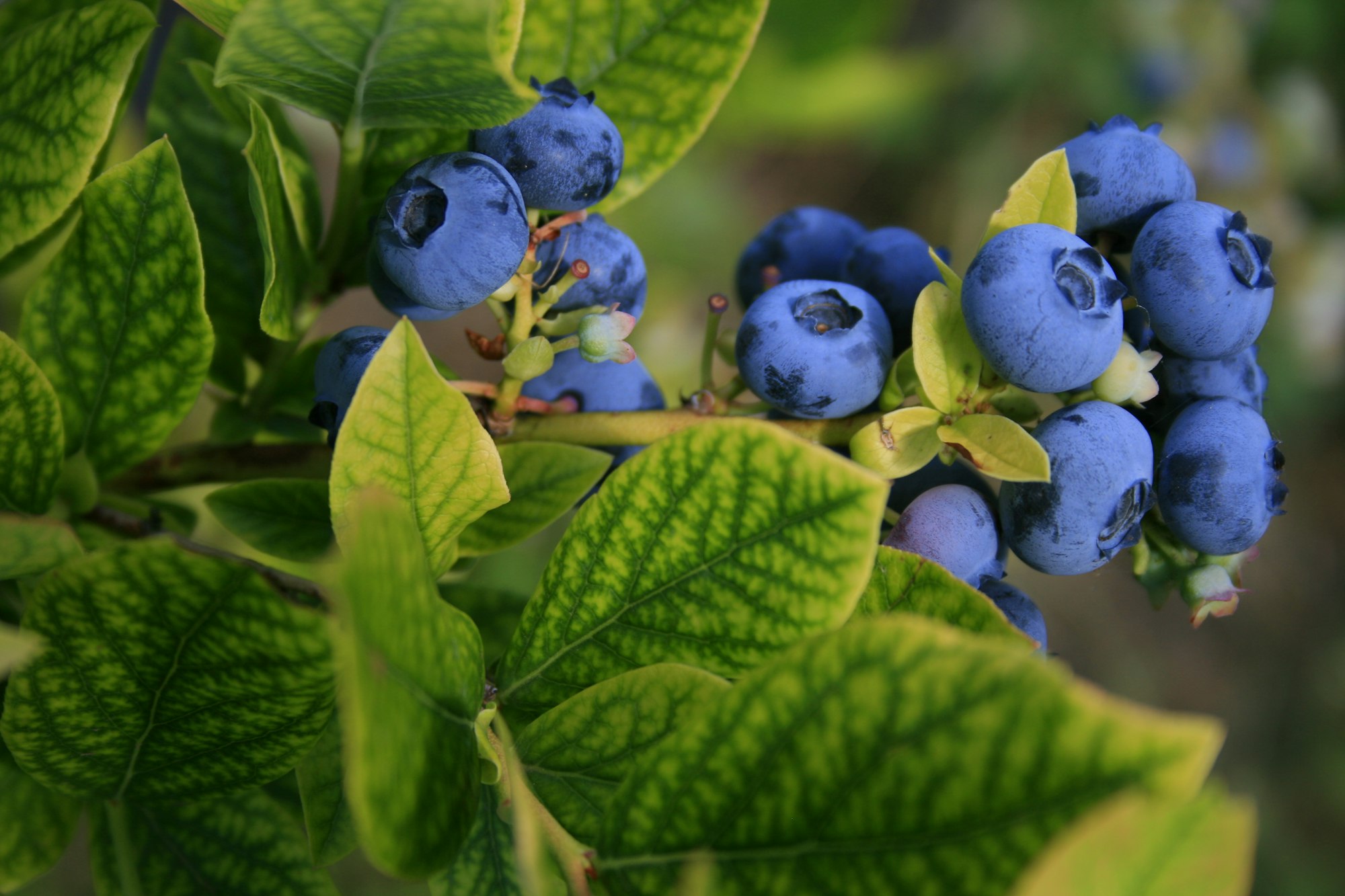The Struggle & Growth Of Plant Hormones

No multicellular organism functions without controlled communication between its cells. They need to communicate to call for deficient nutrients when required, warn neighbours of present threats, and simply face the perpetual whims of our changing world. And the principal way that cells communicate with each other is, of course, via signalling molecules. There are long lists categorising different types of such biomolecules. In animals, most belong in two groups: the paracrine and endocrine systems. In essence, these simply refer to the distance travelled by the molecules between cells. Paracrine signalling occurs in the matrix between cells and has short durations of effect, while endocrine signalling is longer-lasting and more widespread around the organism, travelling all through the cardiovascular system in large animals.
Signalling molecules that are transported between distant organs to enable (or inhibit) physiological pathways are called hormones, and, contrary to common belief, they do not only occur in animals. Multicellular fungi, algae and plants have their own hormones, too - and some of them have very similar functions to their animal variants. Plant hormones in particular are also known as phytohormones, and they are especially well-studied. Many are known to promote growth and sexual maturation in fruiting plants. They change shape, experience sudden influxes of chemical alterations in their bodies, and probably even start feeling self-conscious for their social anxiety! (Just kidding.) So, in a way, plants do go through 'puberty' - or at least a much modified and less eventful version of it, anyway.

Now, when I first learned about plant hormones, I admit that I wasn't exactly amazed by them - especially when my high school teacher started telling the class to place plant shoots on jelly and then watch what happened (which, of course, led to nothing happening). Nevertheless, plants are much more interesting when you look into the associated cutting-edge research taking place at the moment (much of which focuses on fruit storage and development), and so I would like to share some of it with you. There is a complex world to explore in phytohormones, however, so let's first begin with some basics.
An Overview Of Plant Hormones
Some of the most prevalent phytohormones are called auxins, and they are the ones responsible for the directionality of growing plants. If you've ever grown a pot plant beside a sunny windowsill and left it there, you might have noticed that the top of the shoot angled toward the sunlight as the plant grew. This is due to the shoots' auxins, with the phenomenon as a whole known as positive phototropism.
The mechanisms behind this are simple; auxins such as indole-3-acetic acid (IAA) are mainly produced by plant cells at the top of the growing stem, otherwise known as its terminal bud. IAA and other auxins then flow down the stem, and when at high concentrations cause parenchymal cells (the live cells that make up the stem) to become more elastic, thereby allowing them to elongate when water flows into them via osmosis. (As a recap, osmosis simply refers to the movement of water through a membrane from a lower to a higher concentration of solution of a solute, such as salt.) They also stimulate an increase in cell division, making the stem and roots both longer and stronger.
So auxins cause growth; but how do they cause bending? Since Danish Professor Boyson Jensen discovered that chemicals were responsible for the phototropic behaviour of coleoptile shoots in 1913, we have learned that auxins are actually destroyed by radiation - including sunlight. As such, auxins flowing down a plant stem would be diminished on the side most affected by sunlight, thereby making them congregate on the shaded side of the plant and causing it to grow comparatively more than the other side. The result: bending towards the light.

Interestingly, while auxins do stimulate growth in stem cells, they actually do the reverse and inhibit growth when at much increased concentrations. This occurs at the bottom of the plant. Due to gravity, auxins are pulled down and stack onto the bottom layer of the plant's roots. In turn, they become so concentrated there that they inhibit the cells' division, which indirectly allows cells at the top section of the root tendril to propagate at a higher rate. Ultimately, this makes the roots bend and grow downwards (a phenomenon named positive gravitropism).
Plant hormones do not stop there, however. There is a slew of classes and subclasses of molecules that determine characteristics in plants, ranging from their growth and fruit production to even when a tree's leaves should fall. In order to not complicate matters, I have therefore only listed the main varieties of plant hormones that are most commonly discussed in plant science research below. Besides auxins, there are:
- Cytokinins, which are produced at the roots and move up the vascular system of a plant, thereafter inciting cell division in the branches and making the organism grow wider (as in bushes). In turn, this allows fruits to have the space to grow bigger, making cytikinins a particular interest to fruit farmers and industries.
- Gibberellins, which also induce stem elongation but further promote seed germination and root development. Additionally, they have been observed to stimulate the degradation of fruit growth-repressing DELLA proteins, which hence allows bigger fruits to grow (again making them quite curious to farmers and such).
- Abscisic acid, a hormone that actually inhibits growth and metabolism in plants as a defense mechanism (for example if water is scarce and the plant needs to retain it).
- Ethylene, which promotes fruit ripening by activating enzymes that break down cell walls and starch into sugar. Since it acts as a gas, this means that one ripe fruit can trigger other fruits in the batch to ripen, too - making companies very interested in novel developments that disperse ethylene into anywhere possible that is not their produce. Ethylene also causes the abscission layer of a plant (which is where the leaves attach to the stem) to break down without exposing the inner parenchyma to infection, thereby letting leaves fall when needed (while still keeping the plant from acquiring pathogens that cause tumours).

Clearly, there is much potential for both economic and societal gain in researching how these hormones interact, both individually and with each other. Modern advances have made clear of many such relations. When there are more cytokinins in a plant than auxins, for example, it will tend to grow more horizontally and more bushy. Besides the types listed above, there are a couple of other phytohormones that are also important in plant metabolism. For now, however, it is enough to say that their hormonal and signalling pathways are extensive and complex and have a great effect on plant health. Now we just need to be able to manipulate them.
Storing Fruits And Protecting Roots
One of the mostly industrially manipulated phytohormones is ethylene. All around the globe, large agricultural vendors have started to adopt the continuous use of gas absorbers while transporting their grown produce to prevent any ethylene from causing them to ripen. This allows fruits and vegetables to remain fresh in storage for days longer than they would otherwise be, and has the added benefit of reducing food waste worldwide. Additionally, recent advances in technology - found by chemists from MIT interested in food management - are promising to detect ethylene concentrations of down to 15 parts per billion and ensure that harvests are kept fresh and decontaminated for longer than ever before.
Yet other research shows that the upregulation of auxins is involved in the rhizosheath formation around the roots of some species of rice plants (e.g., Oryza sativa). This is where symbiotic bacteria in the soil secrete chemicals to stick soil to the plant's roots and thereby protect it from pathogens and erosion, and it indicates a healthy root system and an active soil microbiome (which we explored in a previous post). By inoculating crops in arrid regions with auxin-synthesising fungi, scientists are hoping to protect them from droughts and increase agriculture in countries with drier soil, such as in Africa or south-east Asia. Comparatively, though gibberellins typically incite the positive development of roots in plants, recent investigation have found that they could actually have the revers effect on some legumes.

Interestingly, genetic engineering and chemical analysis are further uncovering how phytohormones are generated in different quantities within individual plant cells. One study made by researchers in Purdue University, Indiana, investigated how concentrations of aromatic amino acid-derived compounds (involved in plant growth, defense and reproduction) were altered by increasing the expression of genes involved in the cytosolic synthesis of phenylalanine (an amino acid). The consequence, paradoxically, was a net decrease in phenylalanine in the plant (as the team realised that photosynthetic production of amino acids was inhibited) - as well as an inadventent increase in IAA and other auxins in the stem. Though this process is not fully understood, such research indicates a correlation between chloroplast metabolism and phytohormone biosynthesis in plant cells. (Since auxins are also present in certain macroalgae, research on their own plastids could very well produce similar results. Could we also influence hormone production in algae for green energy production?)
Similar to animal endocrinology, the functions of plant hormones are steadily being uncovered as time moves forward. Working together with other fields in botany and horticulture, the field has become an integral part of agriculture and offers much promise for global crop production. To anyone especially enthusiastic about tending crop farms and such, this could very well mean that a lot of cash is right there for the taking! Or, at least, a whole bunch of companies seem to think so - because plant research has definitely become rather fashionable in the scientific community over the past few years (which is great, of course).
References
- Teale, W., Paponov, I. & Palme, K. (2006). Auxin in action: signalling, transport and the control of plant growth and development. Nature Review of Molecular Cell Biology 7:847–859. Retrieved from https://doi.org/10.1038/nrm2020
- Kamiya, Y. (2010). Plant Hormones: Versatile Regulators of Plant Growth and Development. Annual Review of Plant Biology 61. Retrieved from https://doi.org/10.1146/annurev.arplant.61.031110.100001
- El-Sharkawy, I., et al (2017). Plum Fruit Development Occurs via Gibberellin–Sensitive and –Insensitive DELLA Repressors. PLoS One. Retrieved from https://doi.org/10.1371/journal.pone.0169440
- Lynch, J.H., et al (2020). Modulation of auxin formation by the cytosolic phenylalanine biosynthetic pathway. Nature Chemical Biology 16, 850–856. Retrieved from https://doi.org/10.1038/s41589-020-0519-8
- Xu, F., et al (2021). Coordination of root auxin with the fungus Piriformospora indica and bacterium Bacillus cereus enhances rice rhizosheath formation under soil drying. ISME Journal. Retrieved from https://doi.org/10.1038/s41396-021-01133-3
- Fonouni-Farde, C., et al (2019). Gibberellins negatively regulate the development of Medicago truncatula root system. Sci Rep 9:2335. Retrieved from https://doi.org/10.1038/s41598-019-38876-1
